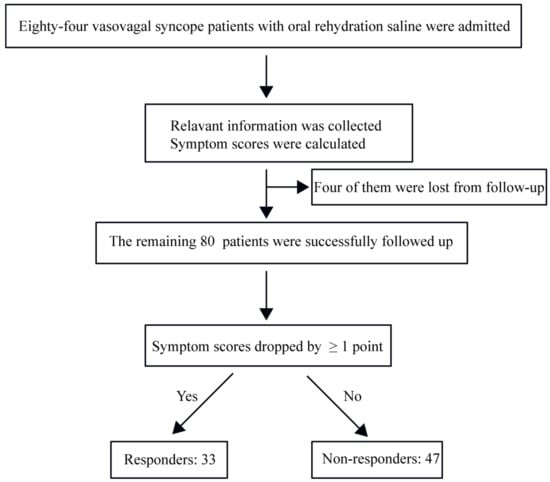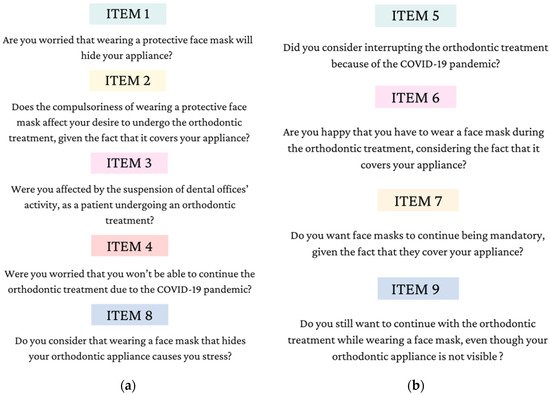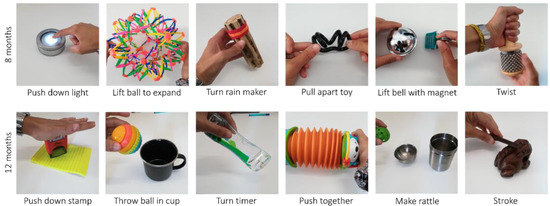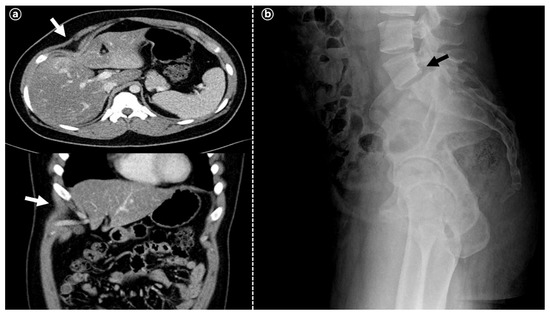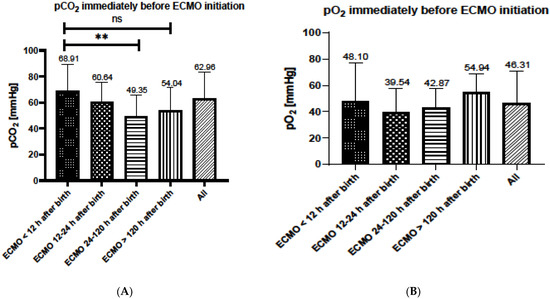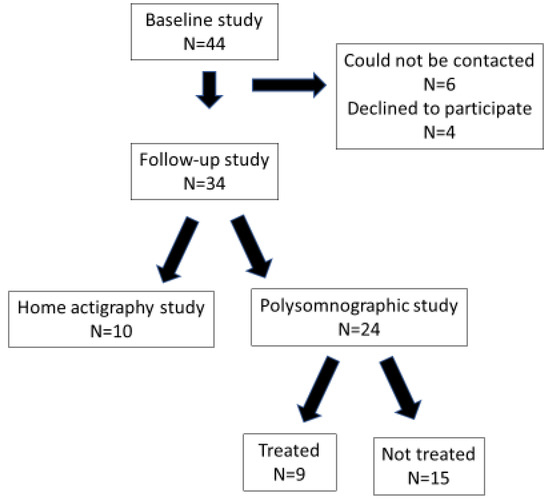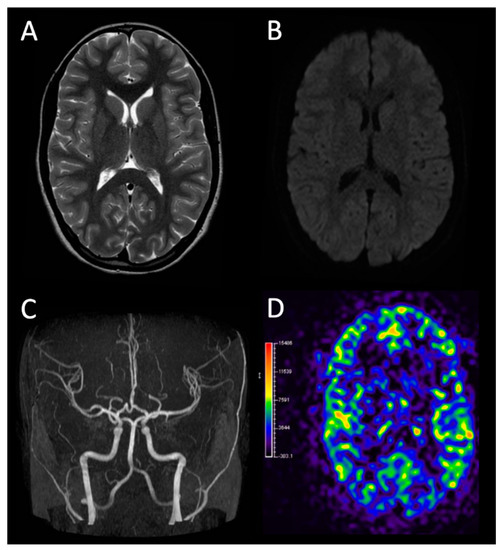Children 2022, 9(7), 994; https://doi.org/10.3390/children9070994 - 1 Jul 2022
Cited by 13 | Viewed by 3075
Abstract
Helicobacter pylori (H. pylori) is the most common bacterial infection worldwide, is usually acquired during childhood and is related to gastric carcinogenesis during adulthood. Therefore, its early proper diagnosis and subsequent successful eradication represent the cornerstones of gastric cancer prevention. The
[...] Read more.
Helicobacter pylori (H. pylori) is the most common bacterial infection worldwide, is usually acquired during childhood and is related to gastric carcinogenesis during adulthood. Therefore, its early proper diagnosis and subsequent successful eradication represent the cornerstones of gastric cancer prevention. The aim of this narrative review was to assess traditional and modern diagnostic methods in terms of H. pylori diagnosis. Several invasive and non-invasive methods were described, each with its pros and cons. The invasive diagnostic methods comprise endoscopy with biopsy, rapid urease tests, histopathological exams, cultures and biopsy-based molecular tests. Among these, probably the most available, accurate and cost-effective test remains histology, albeit molecular tests definitely remain the most accurate despite their high costs. The non-invasive tests consist of urea breath tests, serology, stool antigens and non-invasive molecular tests. Urea breath tests and stool antigens are the most useful in clinical practice both for the diagnosis of H. pylori infection and for monitoring the eradication of this infection after therapy. The challenges related to accurate diagnosis lead to a choice that must be based on H. pylori virulence, environmental factors and host peculiarities.
Full article
(This article belongs to the Special Issue Childhood Helicobacter pylori Infection: Treatment and Prevention)

